Each submission gets timestamped with EST time and gets a unique identifier
assigned, example:
S10056

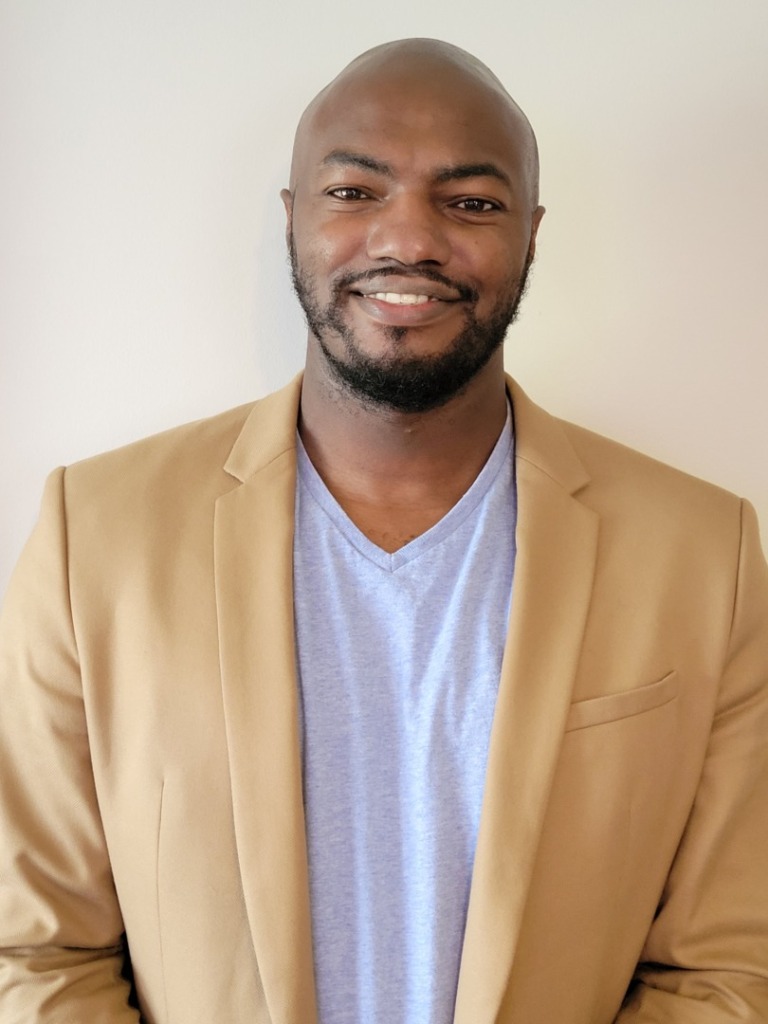
June 30, 2021
by: Tiara Hughes, NOMA
Adam Walker is a highly skilled and successful Construction Project Manager and Project Architect. He has worked on over 5 million square feet of design and development projects, totaling over $200 million dollars in overall project cost. Adam’s projects have varied in size and type, from a small home addition to large-scale corporate redevelopment projects. He puts the same level of creativity and excellence into all of them. Adam is the Senior Manager of Sustainability at CRB, a global design-build firm specializing in pharmaceuticals, biotech, and food & beverage. Additionally, Adam is the Founder and President of Freedom House Design Group LLC, an Architecture and Construction Project Management firm based in St. Louis, MO. Freedom House believes in transformative design that transcends cultural, social, and political divides. Through a collaborative approach, FHDG designs buildings that are both inclusive and reflective of the people who will inhabit them. Adam holds a degree in Architectural Sustainability from Boston Architectural College, where he completed an award-winning thesis on “How Cultural Sustainability Helps to Overcome Marginalization and Gentrification.” Adam is also passionate about serving the communities where he lives and works. He actively volunteers with various youth groups, mentoring them on the design industry and professional development. Adam is the Director of Development and Construction for Pocketparks, a non-profit focused on activating vacant spaces in St. Louis into beautiful park space. Adam serves on the Board of Directors for Flance Early Learning Center, an early childhood education center focused on sustainability and community engagement.
Tiara Hughes: How did you first become interested in architecture?
Adam Walker: I was first interested in architecture my freshman year in high school when my father enrolled me in a drafting class as an elective. I had never heard of an architect before, and I did not know any. However, I quickly realized that I see space differently than others. I excelled at the concepts and knew then that I wanted architecture to be my career path.
“I was first interested in architecture my freshman year in high school when my father enrolled me in a drafting class as an elective.”
TH: When did you first learn about NOMA, and how have you been involved over the years?
AW: I first learned about NOMA in 2009 when I transferred into my bachelor program at Boston Architectural College. The school had a chapter and I started attending events after I was prompted by one of the leaders. I was extremely busy with school and work, so I was never able join the NOMAS chapter as an official member. In 2010, the NOMA National Conference was hosted in Boston. I remember I attended the annual students versus professionals basketball game, and it was the most amazing experience ever. All of the professionals, that were established in their careers, were eager to reach back and help the students in any way possible. This was so different from the separation that happened at other professional conferences. I built so many bonds that I still cherish today. I still remember sitting with the late Phil Freelon and his nephew Andre Vega where I basked in their wisdom at the Awards Gala that year. After that conference I knew I would be a part of NOMA for life.
“All of the professionals, that were established in their careers, were eager to reach back and help the students in any way possible. This was so different from the separation that happened at other professional conferences. I built so many bonds that I still cherish today.”
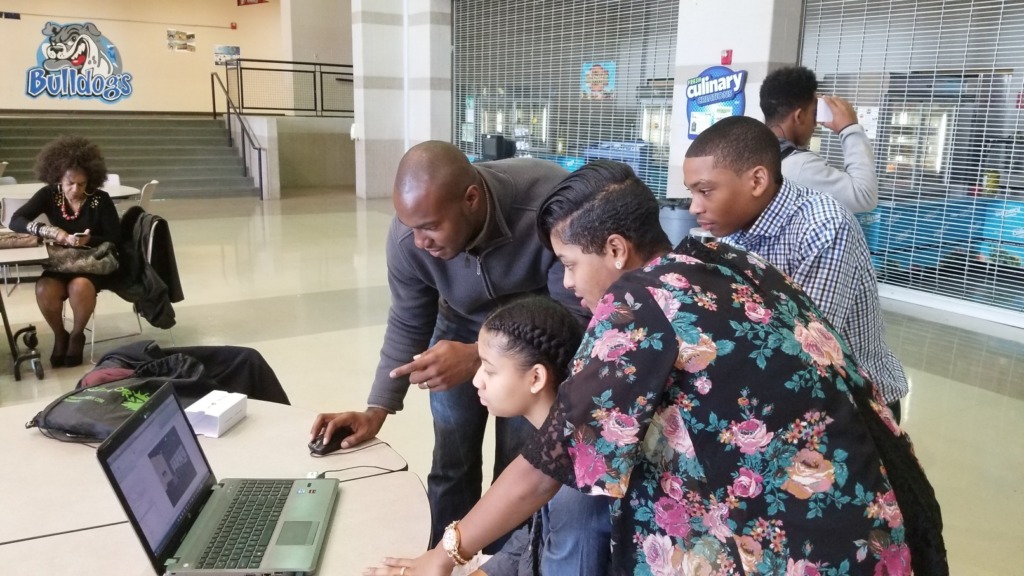
TH: How has NOMA impacted your professional trajectory?
AW: NOMA has been invaluable in my career trajectory. Mentors that I have made through NOMA are the only reason I am still a part of the AEC industry. I struggled to fit in at school and could not find employment, which was a part of my degree program, and it was mainly because I was African American. I wanted to quit, but I called Kevin Holland and Antoine Bryant and they convinced me that I was not alone and pushed me to keep going. Throughout my career, anytime that I have been uncertain about something, or needed development advice, my NOMA mentors have always been available to share wisdom.
“Throughout my career, anytime that I have been uncertain about something, or needed development advice, my NOMA mentors have always been available to share wisdom.”
TH: Can you share some of your most meaningful architectural work?
AW: My most meaningful architectural work is the work where I get to have an impact on community. As a construction project manager for Save-A-Lot, I was able to work with community members to bring a grocery store to a food desert. I am currently working on the design of a Conservatory of the Arts and Science, Technology, Engineering, Architecture, & Mathematics (S.T.E.A.M.) Center in an underserved African American community that will introduce youth to S.T.E.A.M. This project will revitalize a community that has been overlooked since the East St. Louis race riots. I find it equally meaningful when I also volunteer for the Hip Hop Architecture Camp and with the ACE Mentor program.
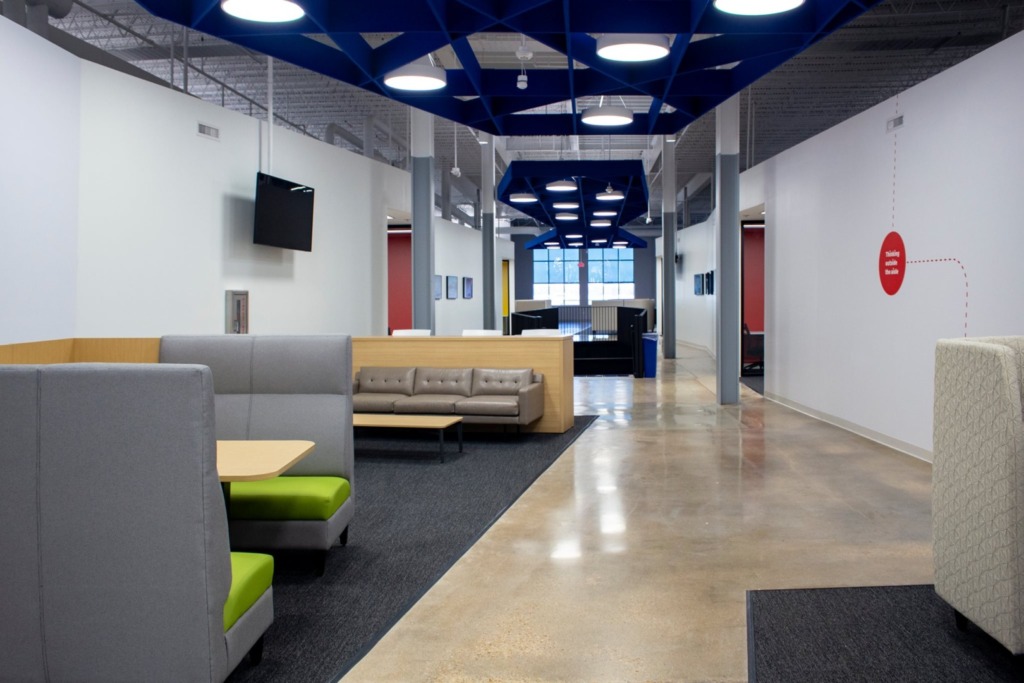
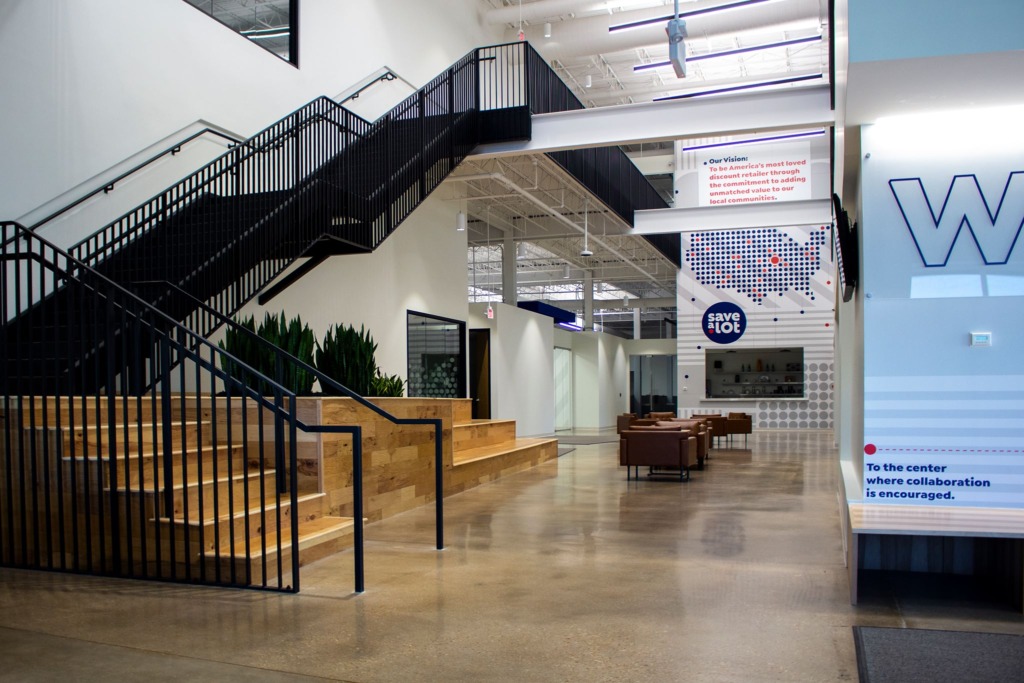
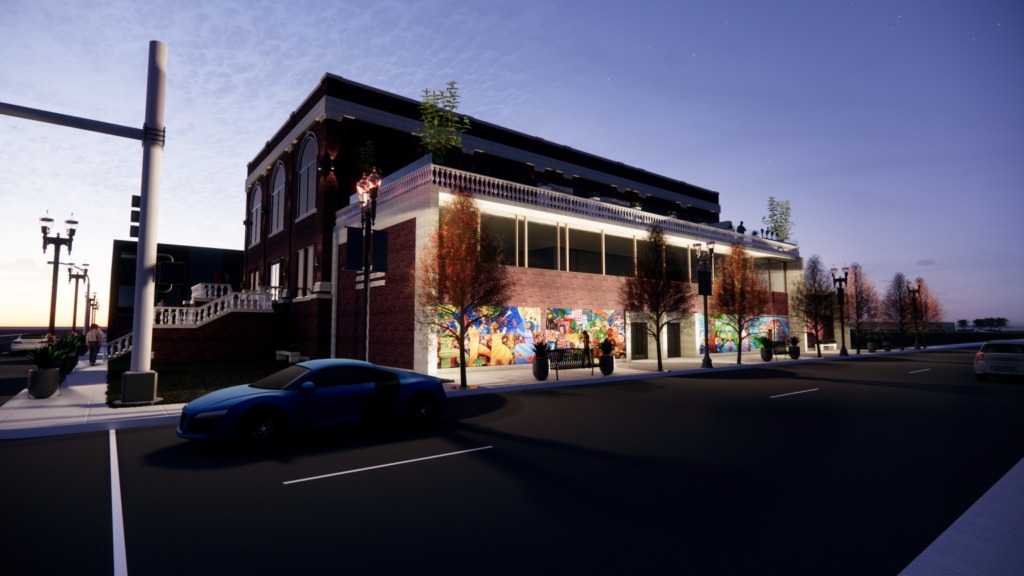
TH: Do you recommend people become a member of NOMA, and if so, why?
AW: Yes, I absolutely recommend people become members. NOMA is not just a professional organization, it is a family. The relationships and opportunities for professional growth, as well as volunteer opportunities, are endless.
“Always define your career success based on your own standards. Many obstacles will arise, and challenge you; use them as growth. Don’t be afraid to take chances, and take the untraditional path. Make sure that you are enjoying what you are doing, and reevaluate on a regular basis to make your career what you want it to be.”
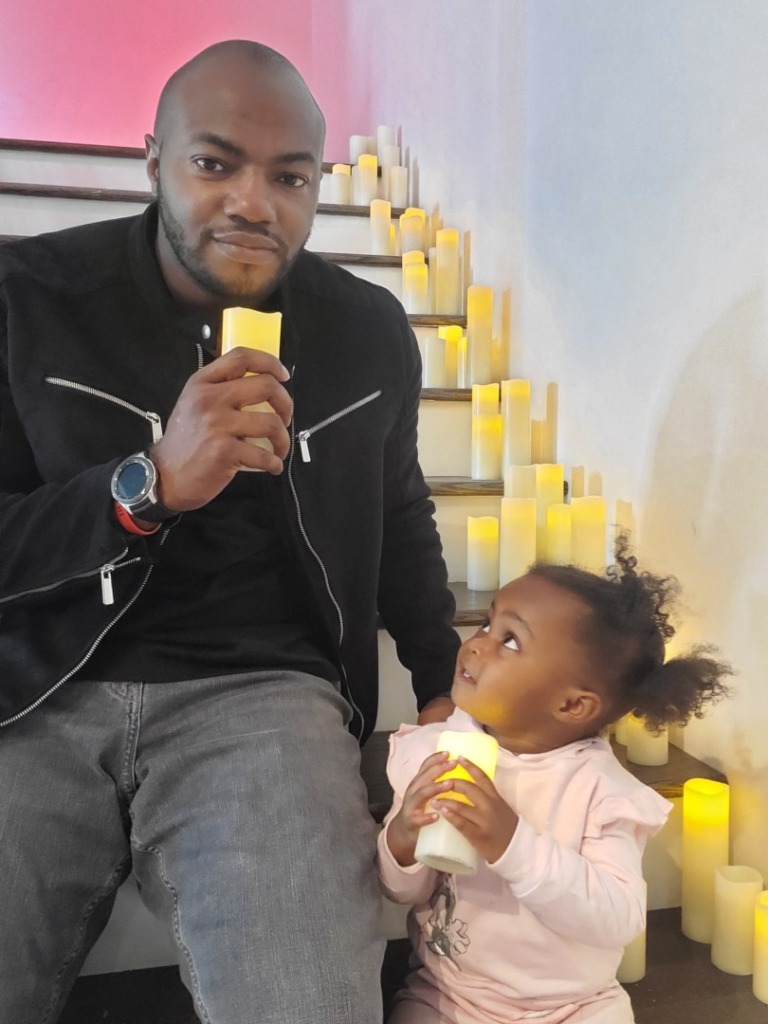
Adam reading at the Save A Lot Headquarters; Photo Credit: Adam Walker
TH: What advice do you have for our NOMAS membership, as they begin their architectural careers?
AW: Always define your career success based on your own standards. Many obstacles will arise, and challenge you; use them as growth. Don’t be afraid to take chances, and take the untraditional path. Make sure that you are enjoying what you are doing, and reevaluate on a regular basis to make your career what you want it to be.
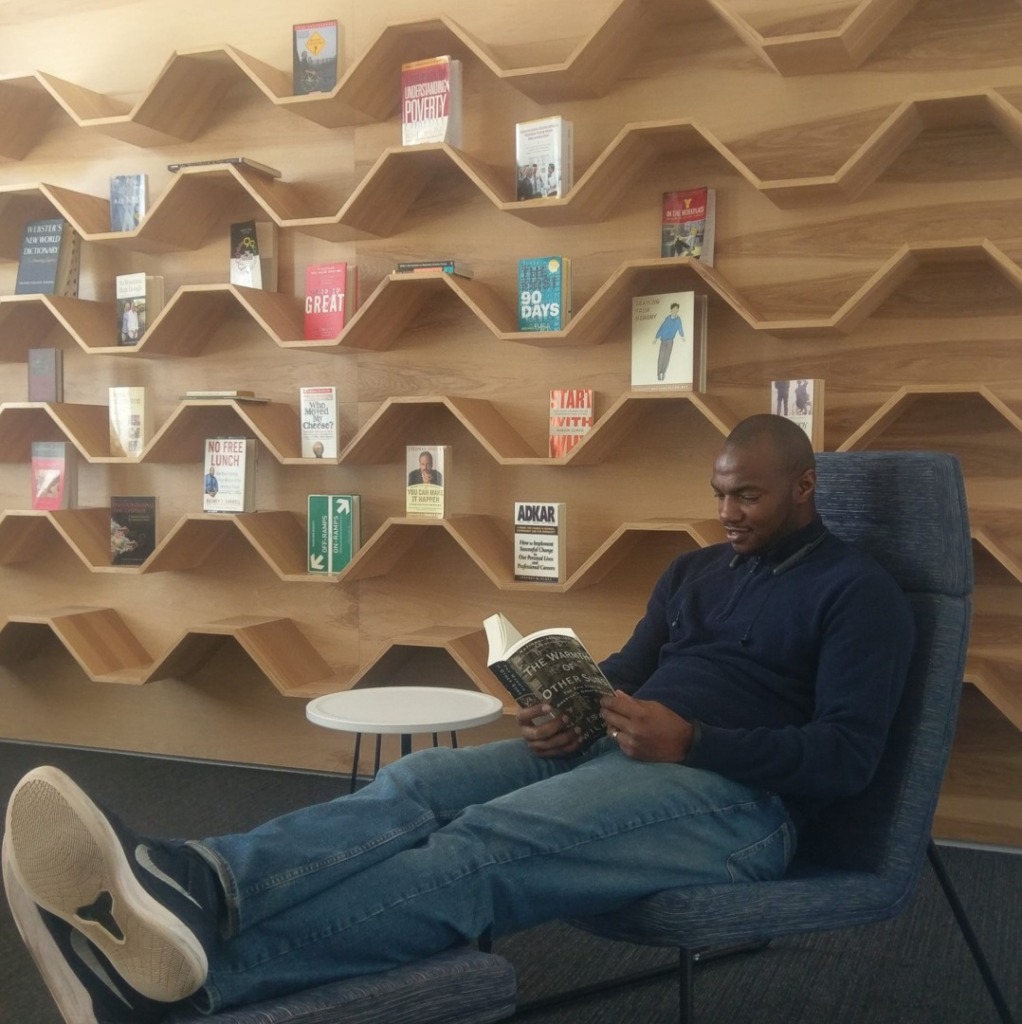


Each submission gets timestamped with EST time and gets a unique identifier
assigned, example:
S10056


Your ID: S12312312






This notification means your entry was sent successfully to the system for review and processing.
If you have any further questions or comments, reach out to us via the main contact form on the site
Have a great day!







New to NOMA?
Create your account
Already have an account?
Sign in

Not A NOMA Member? Click Here!
Create your account
